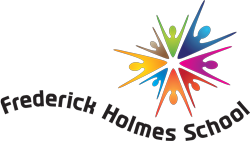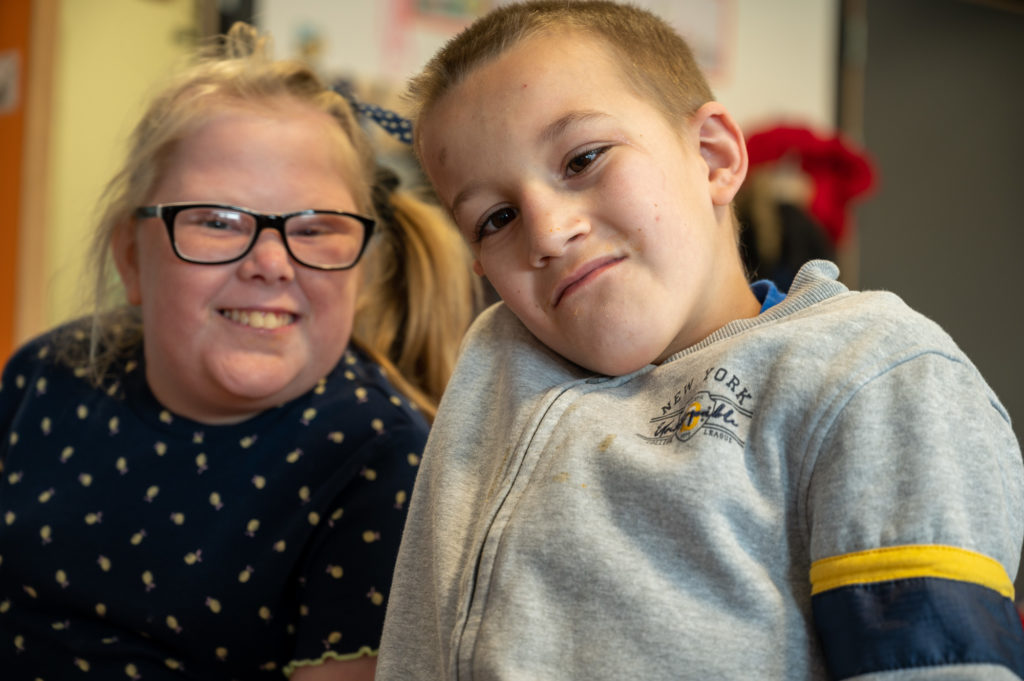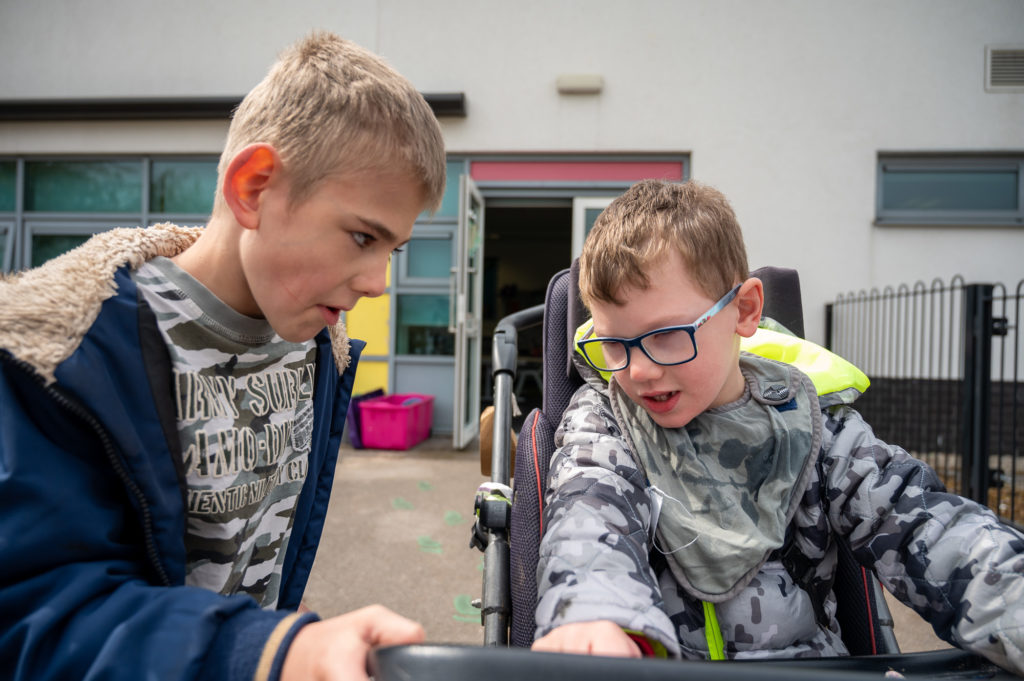At Frederick Holmes School, we teach Personal, Social, Health Education as a one of many ways to support our children and young people’s development. We aim to enable them to understand and respect who they are, empower them to make informed choices, and to keep them as safe as they can be both, now and as they progress into adulthood. We have a strong emphasis on emotional and mental health and wellbeing throughout.
The PSHE curriculum has been carefully considered and planned for, taking into consideration the Jigsaw Programme, to bring consistency and progression to the teaching and learning of PSHE. The subject knowledge progression of PSHE enables teachers to effectively adapt their teaching to the needs of the individuals in their class, in this vital curriculum area.
All subject curriculum plans, including PSHE, are available here.
Whole- School Approach
Our PSHE curriculum covers all areas of PSHE including statutory Relationships and Health Education. We following the layout of the Jigsaw scheme and learning themes across six Puzzles (units), across the school. The progressive nature of the curriculum content allows opportunities for the children and young people to deepen and broaden their learning every year.
As a whole school we are choosing to teach RSE as part of our whole school PSHE curriculum. We will be respectful of the faith, beliefs and contexts of our student’s families and engage with parents and carers throughout. Please note that the safety and welfare of our students is paramount and school must fulfil its statutory duties but at no point will a child be taught something that is inappropriate.
At the start of the Relationships topic a letter will be sent home explaining the upcoming content and giving you the opportunity to ask your child’s teacher any questions you may have.
The ‘Changing Me’ unit is taught over a period of six weeks in the second half of the Summer term and is all about empowering our young people to cope positively with change, the topics your child may cover in an age appropriate and respectful way are:
- Growing up: how we have changed since we were babies.
- Boys’ and girls’ bodies; correct names for body parts.
- Boys’ and girls’ bodies; body parts and respecting privacy (which parts of the body are private and why this is).
- How babies grow and how boys’ and girls’ bodies change as they grow older. Introduction to puberty and menstruation.
- Internal and external reproductive body parts. Recap about puberty and menstruation. Conception explained in simple terms.
- Puberty for boys and girls in more detail including the social and emotional aspects of becoming an adolescent
- Puberty for boys and girls revisited. Understanding conception to the birth of a baby. Becoming a teenager.
All lessons are taught using correct terminology, child-friendly language and diagrams.



